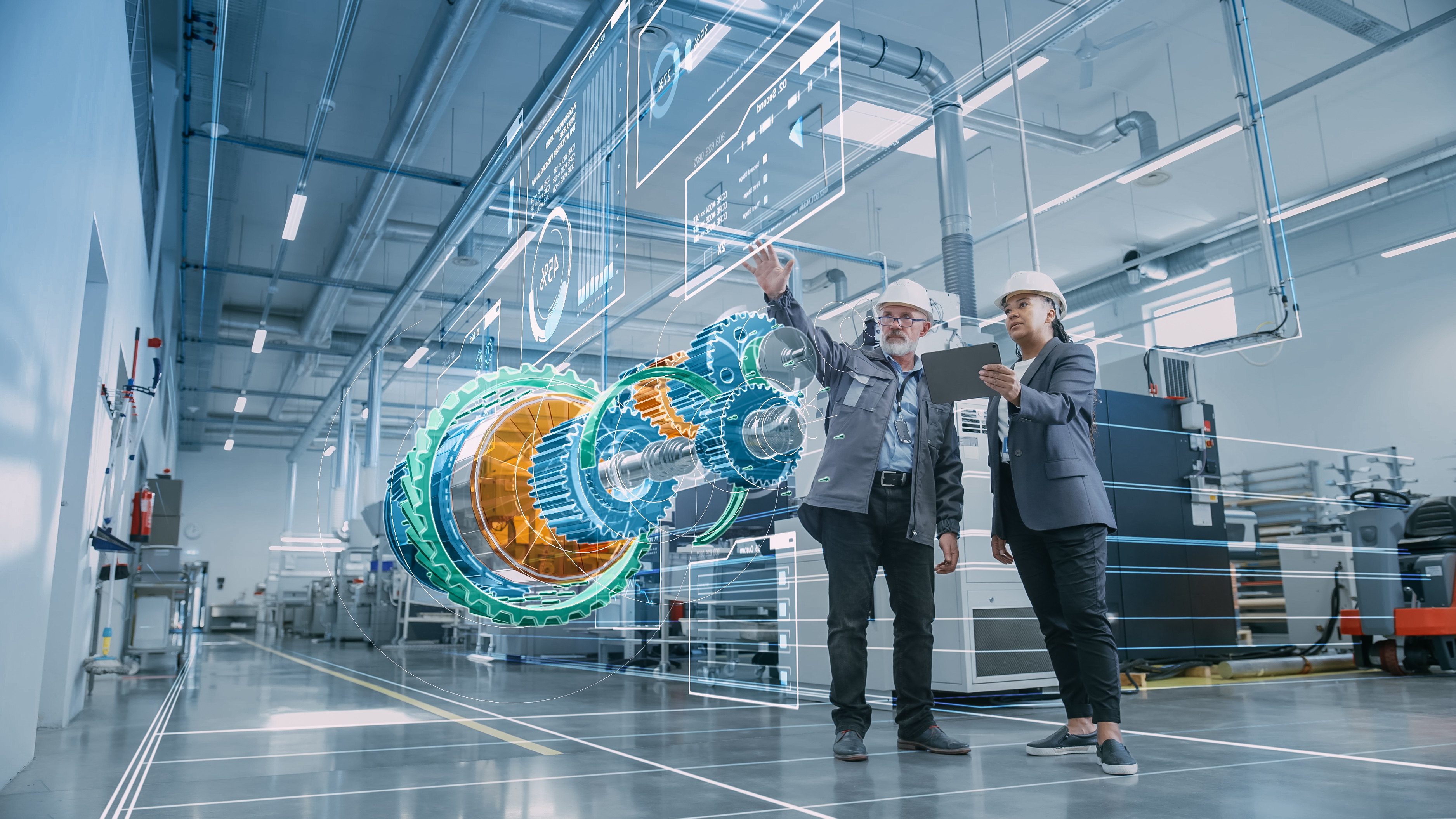US Economy: A Transformative Economic Landscape is on the Horizon

Our Investment Committee meets weekly to engage in a comprehensive analysis of key macroeconomic factors impacting our portfolio companies. One recurring theme in our discussions this year has been the resilience of the labor market. A convergence of factors, including deglobalization, the implementation of Bidenomics, and the influence of labor unions, has led to increased wages and low unemployment rates. These macro-level influences and policy dynamics have the potential to drive economic transformation through accelerated technology adoption in the workforce.
Globalization's Evolution:
Over the past two decades, globalization has played a pivotal role in economic growth, technological advancement, and improved living standards globally. It has facilitated specialization, widened consumer bases, and involved international trade expansion, foreign direct investment surges, global supply chain maturation, and increased multinational corporation presence.
However, amid escalating geopolitical uncertainties, a noticeable shift is occurring. Companies are reassessing their global footprint, either repatriating operations to their home countries (reshoring) or relocating to nearby nations (near-shoring). This strategic adjustment has led to heightened labor demand and subsequently rising wage levels.
Bidenomics' Fiscal Impact:
The current administration's fiscal agenda, colloquially known as "Bidenomics," comprises taxpayer-funded initiatives aimed at industrial expansion. Notably, factory construction spending has surged by nearly $100 billion compared to the previous year. The "Inflation Reduction Act" underpins this initiative, introducing manufacturing tax credits with "prevailing wage" requirements. This compels firms to meet or exceed regional wage averages for their respective fields, curbing competition in labor cost reduction and strengthening the role of labor unions in wage determination. The increased incidence of strikes this year, spanning various industries including delivery drivers, writers, and auto workers, underscores the labor market's influence on wage dynamics.
Long-Term Demographic Challenges:
Structural issues loom over the US labor market due to factors such as baby boomer retirements, declining birth rates, and evolving worker preferences. The Labor Department projects a modest annual employment growth rate of 0.3% until 2032, significantly slower than the 1.2% rate observed over the past decade. These demographic trends contrast with the imperatives of reshoring and increased fiscal spending, necessitating a fundamental economic landscape transformation.
The Imperative of Innovation:
In response to rising costs from production relocation and wage increases, businesses are compelled to invest in technology to protect profit margins. While innovation is an enduring corporate strategy, current circumstances demand heightened commitment to automation and artificial intelligence. These technologies are poised to fill the labor market void, marking a paradigm shift in business operations.
In conclusion, the US economy is likely to face a profound transformation shaped by dynamic economic forces. As we chart our investment course, we remain vigilant and adaptable to the multifaceted shifts defining this potentially new economic landscape.
